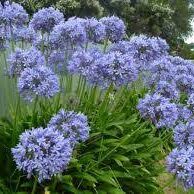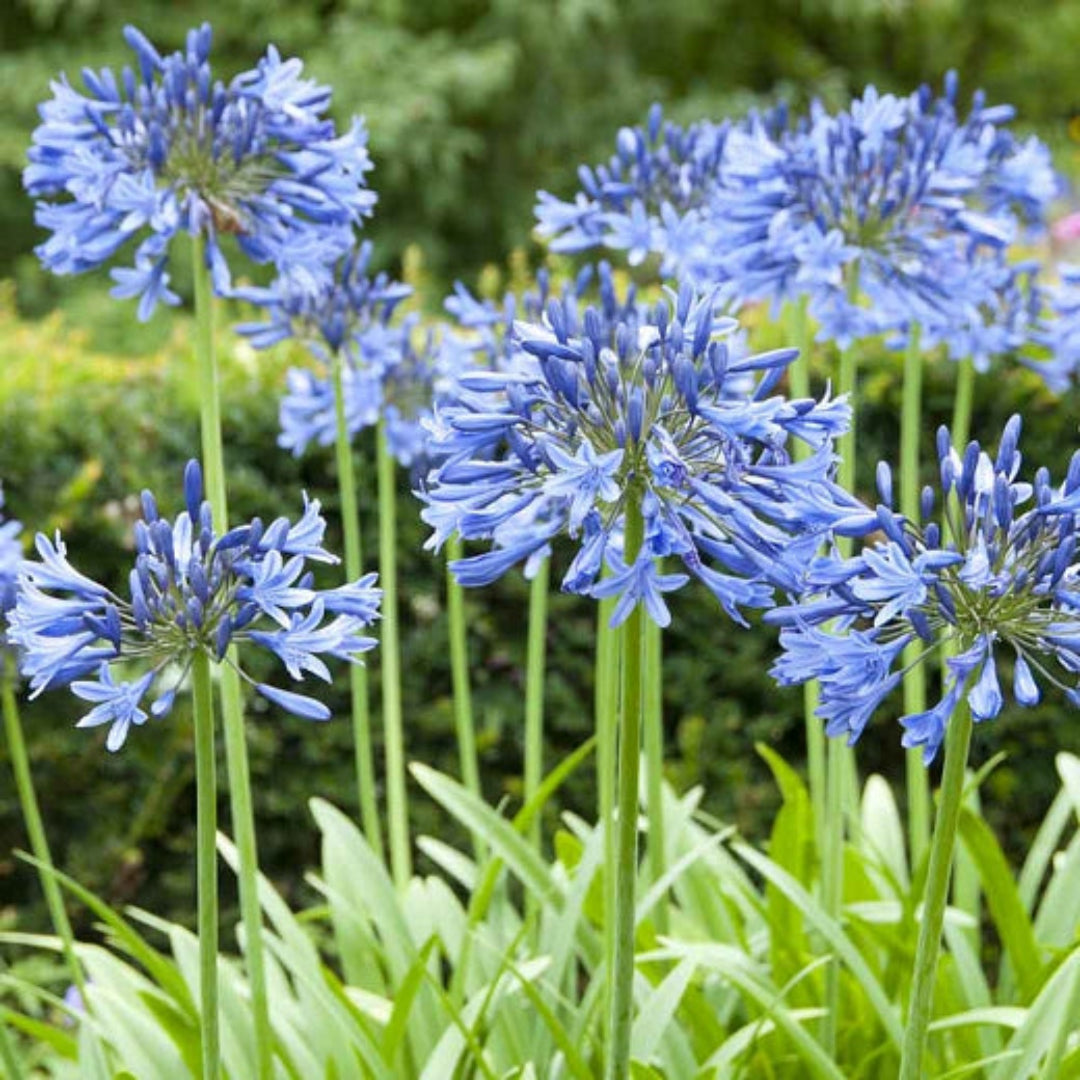Just how to Plant and Maintain Agapanthus in Your Garden
Just how to Plant and Maintain Agapanthus in Your Garden
Blog Article
Letting Loose the Secret to Successful Agapanthus Farming: Advice for a Flourishing Garden
In the realm of gardening, cultivating agapanthus successfully needs a strategic approach that includes various aspects of plant treatment. By recognizing the nuances of agapanthus farming, one can produce an atmosphere where these plants prosper and grow abundantly.
Planting Agapanthus: Finest Practices
When planting Agapanthus, appropriate soil preparation is important for making certain successful development and advancement of these beautiful blossoms. Agapanthus, commonly called Lily of the Nile or African lily, prospers in well-draining dirt with a somewhat acidic to neutral pH degree - Agapanthus. Prior to growing, it is important to modify hefty clay soils with organic matter such as compost or peat moss to improve drain and supply necessary nutrients for the plants
To grow Agapanthus, pick a location that gets full sunshine to partial shade, as this will promote healthy growth and plentiful flowering. Dig a hole twice the diameter of the plant's root ball and place the Agapanthus at the exact same depth it was previously growing. Gently backfill the hole with soil, weighing down firmly to get rid of any air pockets around the roots.
Water the newly planted Agapanthus thoroughly and remain to keep the soil equally wet, especially during the plant's active expanding period. Agapanthus. Using a well balanced plant food once a month can even more support the plant's growth and blooming. By adhering to these best methods for growing Agapanthus, you can create a sensational display screen of these exciting flowers in your garden
Ideal Soil Conditions for Agapanthus
For optimum development and growing success of Agapanthus plants, ensuring the soil conditions are optimal is critical. Agapanthus thrives in well-draining soil with a somewhat acidic to neutral pH degree varying from 6.0 to 7.0. This sort of soil allows for ample water drainage, preventing waterlogging which can bring about root rot. To improve soil water drainage, think about adding raw material such as compost or peat moss when preparing the planting website. Furthermore, Agapanthus prefers dirt that is rich in nutrients, so including a balanced plant food during the expanding period can advertise healthy growth and dynamic blossoms.

Watering and Fertilizing Tips
To make sure healthy and balanced growth and vivid blossoms, proper watering and fertilizing techniques are crucial for successful Agapanthus farming. Agapanthus plants benefit from normal watering, specifically throughout the expanding season.
When it comes to feeding Agapanthus, a well balanced plant food with equal components nitrogen, phosphorus, and potassium can be applied in the spring to advertise healthy and balanced growth and flowering. Slow-release plant foods are Check Out Your URL suitable for giving nutrients slowly over a prolonged duration. Stay clear of over-fertilizing, as this can lead to extreme foliage growth at why not check here the expense of blossoms.
Additionally, including natural matter like garden compost right into the dirt can enhance nutrient levels and enhance soil framework, helping in the overall health and wellness of the Agapanthus plants. By complying with these watering and feeding suggestions, garden enthusiasts can ensure their Agapanthus plants thrive and generate magnificent display screens of flowers.
Trimming and Deadheading Strategies
Correct trimming and deadheading strategies play an essential function in maintaining the health and wellness and aesthetics of Agapanthus plants, matching the essential methods of watering and feeding for effective growing. Trimming Agapanthus includes removing spent flower heads, dead or yellowing leaves, and overall shaping of the plant to promote better development. Deadheading, the process of removing discolored flowers, not only boosts the plant's look but likewise motivates further growing.
When deadheading Agapanthus, it is recommended to trim off the flower stem at the base utilizing sharp, clean shears. This process reroutes the plant's power from seed production back right into root and foliage development, promoting a healthier and extra robust plant. Regular deadheading can extend the blooming duration of Agapanthus and website link protect against self-seeding, which can bring about overcrowding.
In regards to pruning, Agapanthus typically take advantage of a light trim after blooming to clean up the plant and urge fresh development. Reducing the invested blossom stems and eliminating any dead or broken foliage aids preserve the plant's vigor and general look. Nonetheless, it is necessary to prevent cutting into the crown of the plant, as this can deteriorate its wellness.

Protecting Agapanthus From Pests and Diseases
Carrying out efficient pest and illness monitoring techniques is essential to safeguarding the health and vigor of Agapanthus plants in growing. Agapanthus are normally sturdy plants, however they can still succumb numerous parasites and illness if not appropriately looked after. One common bug that impacts Agapanthus is the Agapanthus borer, a caterpillar that tunnels right into the plant, creating damages to the flowers and fallen leaves. To avoid invasions, regular inspection of the plants is important. If borers are found, they can be by hand removed, or insecticidal soap can be used as a control step.
In enhancement to insects, Agapanthus are susceptible to diseases such as origin rot and fungal fallen leave places. By staying alert and addressing pest and illness problems without delay, gardeners can assist their Agapanthus prosper and prosper.

Final Thought
Finally, effective growing of agapanthus requires proper planting strategies, perfect dirt problems, sufficient watering and feeding, normal trimming and deadheading, and protection from illness and parasites. By following these suggestions and techniques, garden enthusiasts can guarantee a growing yard full of stunning agapanthus blossoms. Agapanthus. Bear in mind to preserve constant treatment and focus to information to promote the health and wellness and long life of these spectacular plants
When growing Agapanthus, correct dirt prep work is essential for guaranteeing successful development and growth of these beautiful blossoms.Water the recently planted Agapanthus extensively and proceed to keep the soil equally damp, specifically throughout the plant's energetic growing season.For ideal development and growing success of Agapanthus plants, guaranteeing the dirt conditions are ideal is critical. When growing or transplanting Agapanthus, guarantee the soil is well-prepared to supply the needed foundation for the plants to develop themselves effectively. One typical insect that affects Agapanthus is the Agapanthus borer, a caterpillar that tunnels right into the plant, causing damages to the flowers and fallen leaves.
Report this page